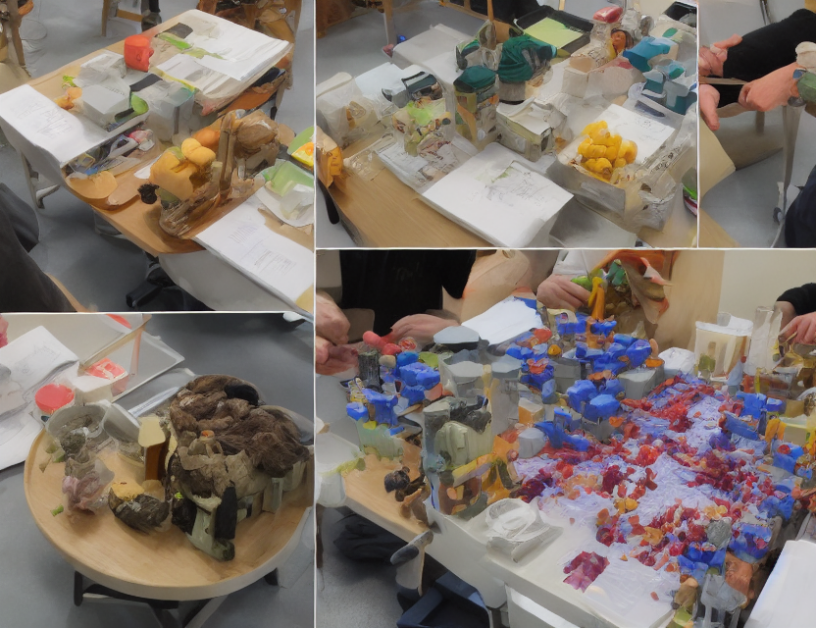Deep learning models have revolutionized many fields, but they also suffer from a common problem called catastrophic forgetting (CF). CF occurs when a model learns new information and forgets its previous knowledge. In real-world applications, this means the model can no longer perform well on tasks it was trained to do originally. To overcome CF, researchers have been working on developing techniques for continual learning (CL), which involves learning from data streams continuously without forgetting what we already know.
Body
- Definition of Catastrophic Forgetting and Continual Learning:
CF is a phenomenon where a model’s performance on a task degrades significantly after learning new information. CL, on the other hand, refers to the ability of a model to learn from multiple tasks without forgetting the previous ones. CF is the opposite of CL, which means that the model can learn and retain new knowledge while still being able to perform well on old tasks.
2. Techniques for Continual Learning
Researchers have proposed various techniques to overcome CF in CL, such as:
- EWC (Elastic Weight Consolidation): This method adds a regularization term to the model’s loss function to preserve the important weights from previous tasks.
- LwF (Learning without Forgetting): This technique uses a separate network to store the knowledge gained from previous tasks and prevents the main network from forgetting this knowledge.
- SAS (Student-Adaptive-Weight-Averaging): This method adjusts the importance of each parameter based on its Fisher information, which helps reduce CF.
3. Challenges in Continual Learning
Despite these techniques, there are still challenges to overcome in CL, such as:
- Balancing plasticity and stability: The model needs to be able to adapt to new tasks while preserving the knowledge gained from previous tasks.
- Handling class imbalance: When learning from multiple tasks, some classes may have more examples than others, which can negatively impact the model’s performance on those classes.
4. Applications of Continual Learning
CL has many potential applications in real-world scenarios, such as:
- Personalized recommendation systems: By continuously learning from user behavior, these systems can adapt to individual preferences without forgetting previous interactions.
- Medical diagnosis: AI models used for medical diagnosis need to continually learn from new data to improve their accuracy over time without forgetting previous knowledge.
5. Future Research Directions
There are several areas that require further research in CL, including:
- Developing better regularization techniques to prevent CF while still adapting to new tasks.
- Improving the efficiency of CL algorithms to handle large-scale datasets and complex models.
Conclusion
Continual learning has emerged as a crucial area of research in machine learning, with various techniques proposed to overcome catastrophic forgetting. These techniques have shown promising results in various applications, but there are still challenges that need to be addressed in future research. By developing better CL algorithms, we can improve the performance and adaptability of deep learning models in real-world scenarios.



